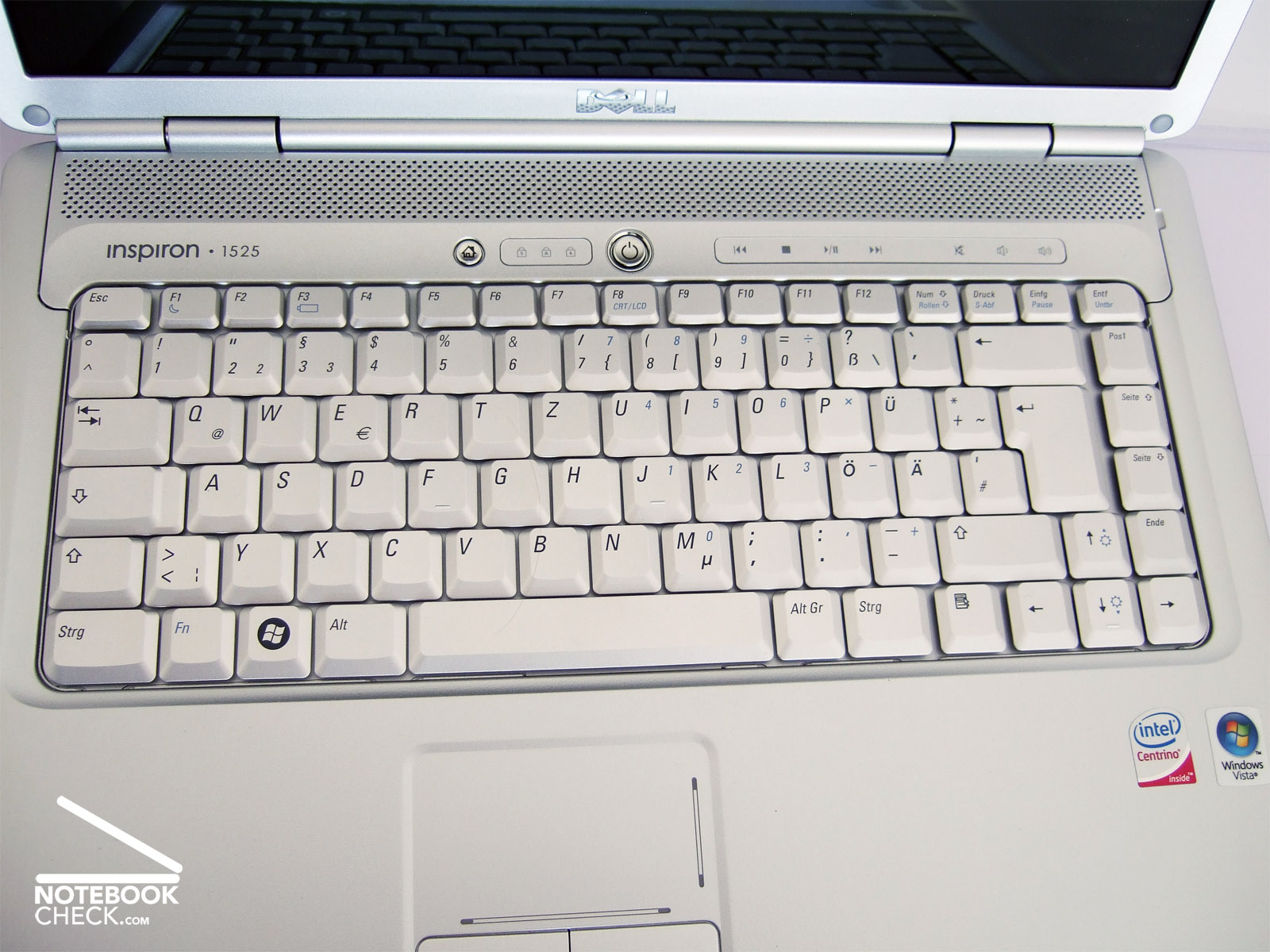

Lose the Batteryįirst, check the integrity of the battery. We'll start with the most common and easy-to-address issues. That begins with eliminating where it isn't. There is a real issue with powering the laptop now it's simply a matter of figuring out where the problem may be. If it's plugged into a surge protector or power strip, take it out and plug it directly into the wall.Īt this point, if it still doesn’t work, we've determined that it's not just user error causing the problem.

Try plugging the power cord into a different outlet to see if you've got a short or a blown fuse. Next, make sure the battery is properly seated in its compartment, and that there is nothing wrong with either the battery or laptop contact points.įinally, find out whether or not the problem even has anything to do with the laptop at all. So before you do anything else, ensure that the AC outlet and laptop plugs are firmly seated.Ĭheck the AC adapter brick and verify that any removable cords are fully inserted. No software tweak or hardware repair can make a disconnected laptop magically power on. This is a major reason a computer may not even start. It sounds silly, but you need to make sure the laptop is actually plugged in.


Are You Plugged In? (Photo: Danicek/Shutterstock) By taking an inside-out approach, you can quickly narrow down where the problem originates and find the most economical solution. Knowing which is which can save you hours of frustration and hundreds of dollars in repairs. Some are easy to fix yourself with a software tweak or a new battery, but other problems may require a visit to a repair shop, or even a full-blown system replacement. There are numerous ways to take care of your battery, but between the wall outlet and your computer there are several things that can fail.


 0 kommentar(er)
0 kommentar(er)
